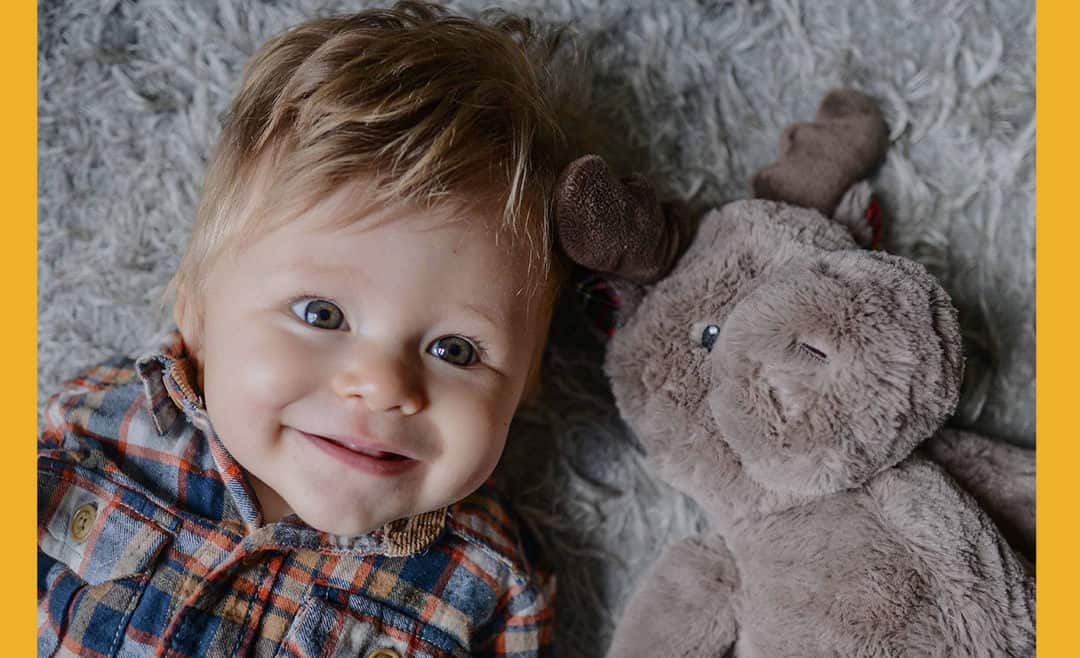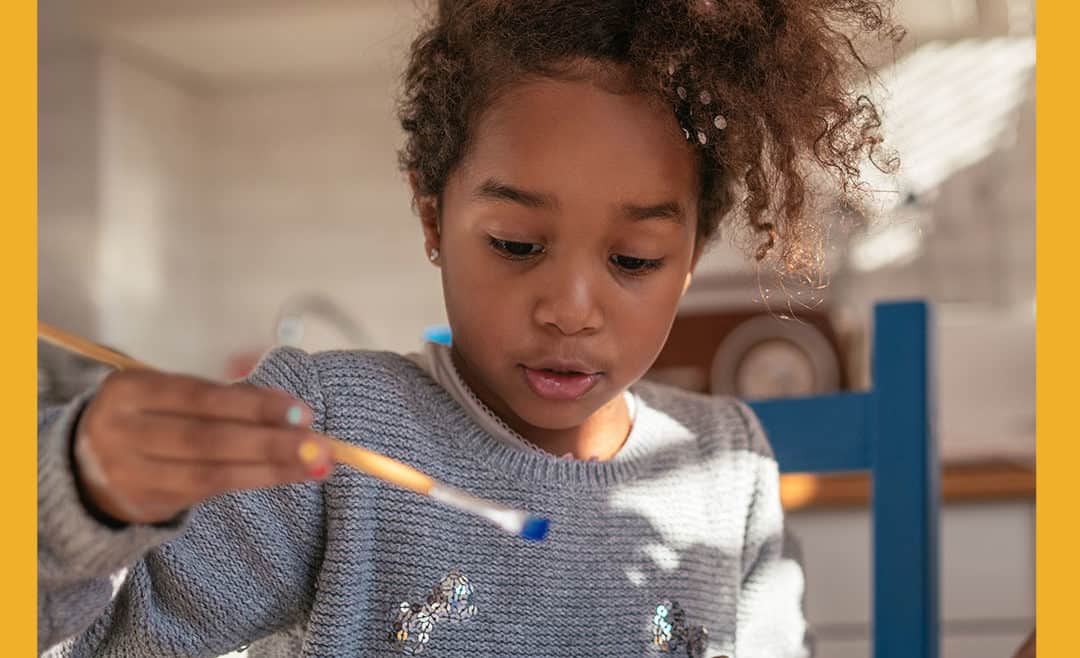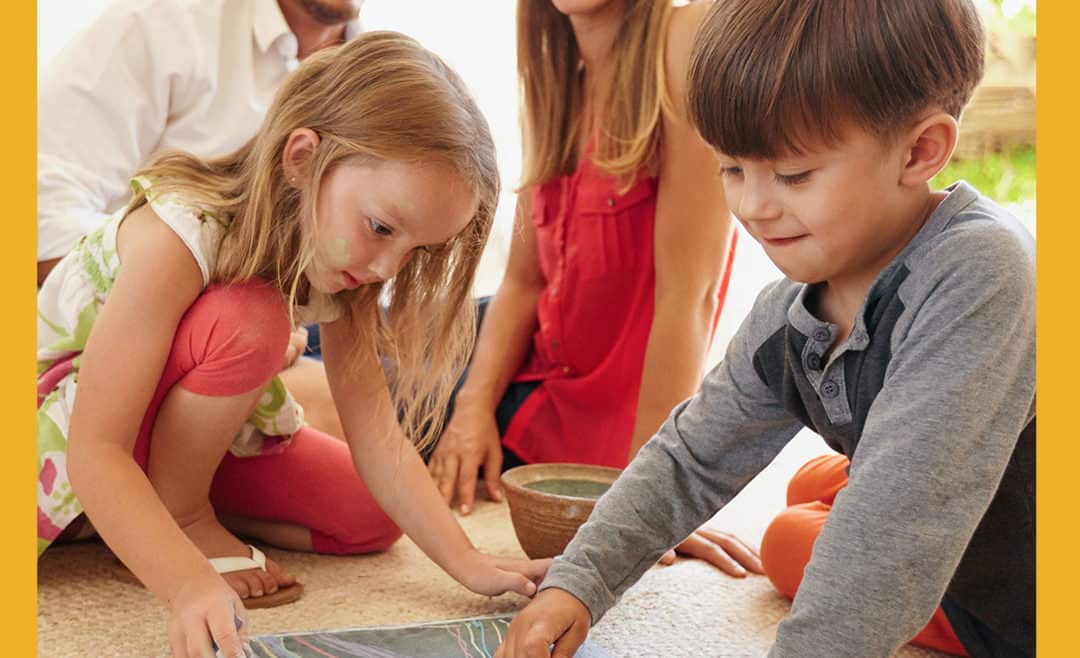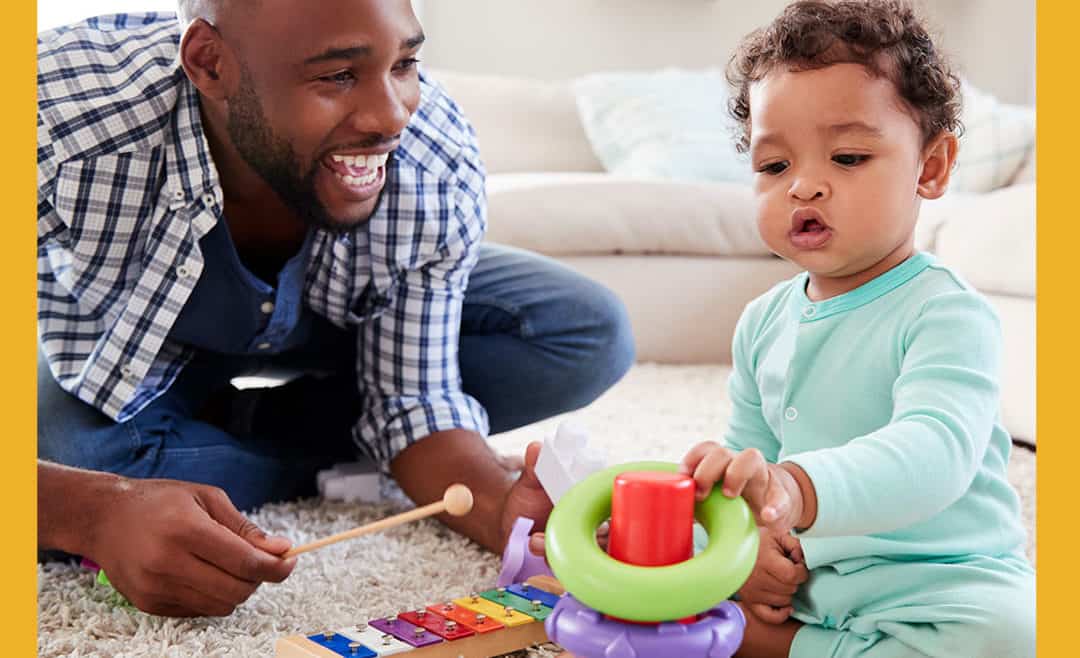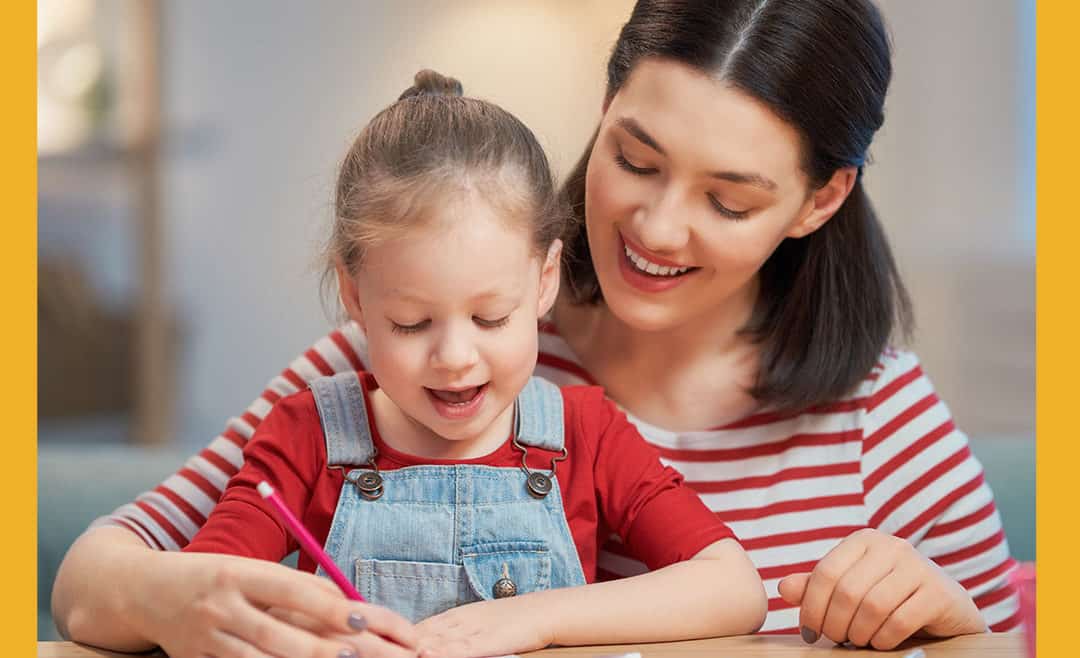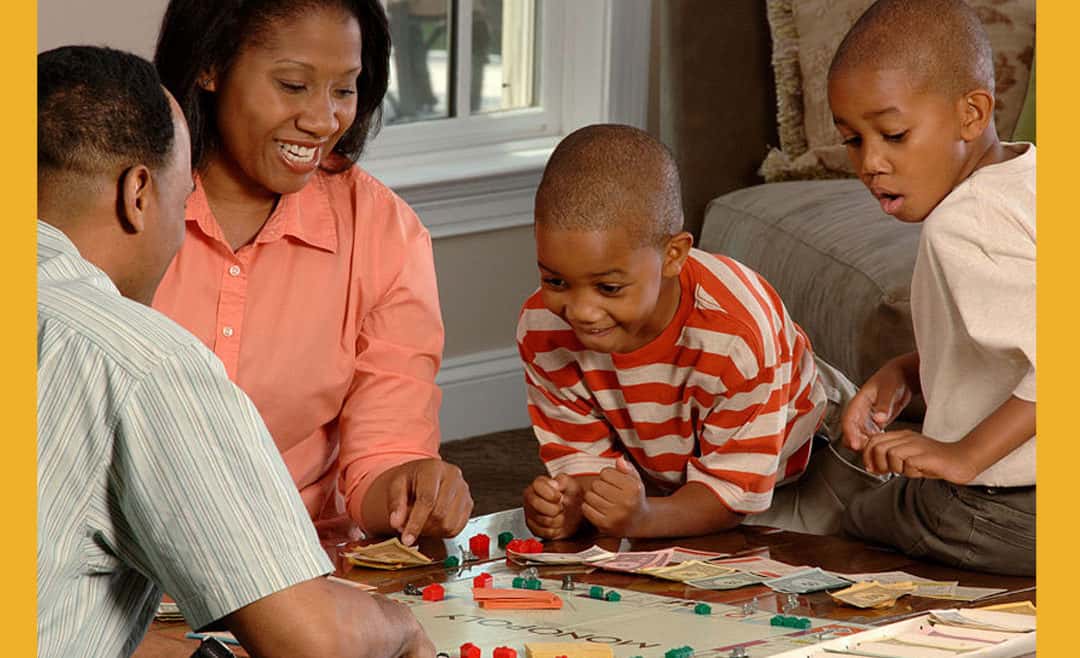2020 has been a year of extreme highs and lows for most of us. For the first time in our lives, we’ve had to navigate a global pandemic that, even now, remains unstable. We’ve seen uncertainty every which way we’ve looked. From dear friends and family members being hospitalized due to Covid, to the small businesses we frequent having to close their doors. Now, we’re struggling to figure out schooling and what the rest of the year will look like as flu season nears. What will 2021 look like?
Perhaps the hardest part is being steadfast for our children. Our kids count on us to have everything under control, to provide them with a deep sense of security, and to show them by example that “everything is OK.” Even when it’s not. We’ve seen so many of our families bravely take on this pandemic and make dramatic changes almost overnight. As if being the parent of a special needs child isn’t challenging enough, we’ve had to throw into the mix virtual therapy, completely new routines, and an entirely new way of living life.
The PTN team deeply empathizes with the challenges our parents and families have had to navigate. We know this time has not been easy. We know that each of you are trying your very best when the world seems like it is at its very worst. We know that you’re tired, losing sleep, emotionally exhausted, and looking for hope anywhere you can find it. We know this because we are navigating challenges too… but our plan is to navigate every obstacle with you!
One way in which we hope to overcome the struggles of 2020 is by cultivating an attitude of gratitude. We want to find the light wherever we can and we want you to know that our team experiences so much joy and sees so much light every time we work with you and your children. Thank you!
“It’s not happiness that brings us gratitude, it’s gratitude that brings us happiness.” – Unknown
These words are powerful and they are true. With this message in mind, and the hope of bringing those who mean the most to us a moment of joy, we want to take this time to express our deep gratitude:
Thank you PTN Kids!
First and foremost, we are grateful during this holiday season to be able to continue working with such incredible children. The positive outlook and hard work they bring each and every day is inspiring, and we are so thankful for the opportunity to be a part of their growth. We are so proud of how they have overcome so much during this past year and believe they are the epitome of resilience.
Thank You PTN Parents: We Could Not Do This Without You!
Not only are our PTN kids special to us, but our PTN families are equally as important. We couldn’t do our job without your support. We truly value the relationships we have with you as we work toward shared goals. We know these times have been difficult and we know you may feel like the world is on your shoulders. We want you to know we recognize all the sacrifices you’ve made and think the world of you.
Thank You to Our Incredible Staff!
Our PTN therapists are truly the best! Thank you for coming together as a team to support one another as you have had to learn how to navigate entirely new situations, like providing therapy virtually or in masks and face shields. Your willingness to adapt and your desire to serve children is awe-inspiring. Know that you’ve had such an impact on the lives of so many children and your dedication has not gone unnoticed!
Thank You to Family & Friends!
We want to say thank you to our own family members and friends for helping us get through 2020. Your support and guidance have been invaluable (even if over FaceTime). Thank you to our immediate family members for sharing your space with us as we have had to adjust to working and learning from home together. We feel so lucky to have you in our lives!
As we move toward the end of the year, we want to assure you that we will continue to do our very best to provide not only exceptional care to every child and family we work with, but also emotional support. We will get through this together!




